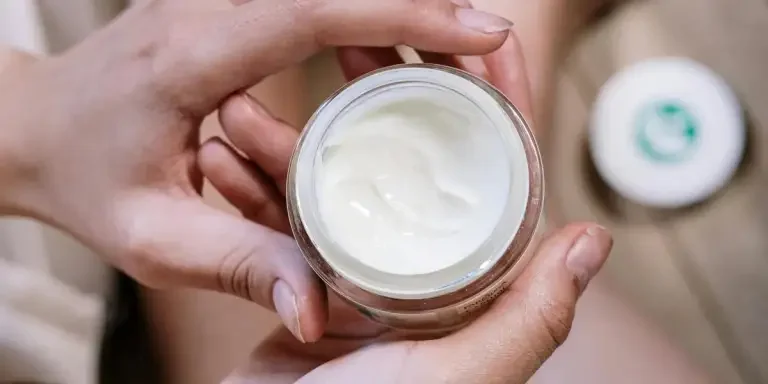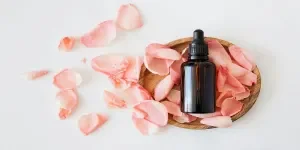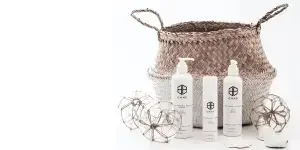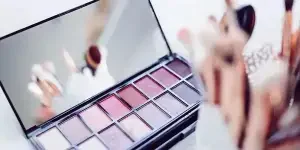In 2025, the beauty and skincare industry is witnessing a significant surge in the demand for dry skin creams. This rise is driven by an increasing awareness of skin health, the prevalence of skin conditions, and the growing consumer preference for specialized skincare solutions. As the market evolves, business buyers, including retailers and wholesalers, need to stay ahead of the curve by understanding the factors fueling this demand and the opportunities it presents.
Table of Contents:
– Exploring the Market Potential of Dry Skin Creams in 2025
– Popular Types of Dry Skin Creams and Their Benefits
– Addressing Consumer Pain Points with Innovative Solutions
– New and Innovative Dry Skin Creams on the Market
– Wrapping Up: Key Takeaways for Sourcing Dry Skin Creams
Exploring the Market Potential of Dry Skin Creams in 2025

What Makes Dry Skin Creams a Trending Product?
Dry skin creams have become a staple in skincare routines due to their ability to provide intense hydration and repair the skin barrier. These creams are formulated with potent ingredients like hyaluronic acid, ceramides, and natural oils, which are highly effective in treating dry, sensitive, and mature skin. The demand for these products is particularly high in regions with distinct seasonal changes, such as Europe, where cold winters and hot summers necessitate different skincare needs. During the winter months, the harsh, dry air makes moisturizing creams indispensable for preventing moisture loss and skin chapping. Conversely, lighter lotions are preferred in the summer to avoid a greasy feel.
Analyzing Social Media Trends and Hashtags
Social media platforms play a crucial role in shaping consumer preferences and driving product trends. In 2025, hashtags like #HydrationHeroes, #WinterSkincare, and #DrySkinSolutions are trending, reflecting the growing consumer interest in products that promise to keep the skin well-hydrated and nourished. Influencers and beauty experts frequently highlight the benefits of dry skin creams, showcasing their effectiveness in combating dryness, flakiness, and discomfort. This online buzz not only boosts product visibility but also influences purchasing decisions, making it essential for businesses to leverage these trends in their marketing strategies.
Aligning with Broader Skincare Trends
The demand for dry skin creams aligns with several broader skincare trends that are gaining momentum in 2025. One significant trend is the shift towards natural and organic skincare products. Consumers are increasingly wary of synthetic ingredients and are seeking products that are free from harmful chemicals. This has led to a rise in the popularity of dry skin creams formulated with natural components such as aloe vera, coconut oil, and shea butter. Additionally, the focus on sustainability and eco-friendly packaging is driving manufacturers to innovate and offer products that cater to environmentally conscious consumers.
Another notable trend is the growing emphasis on personalized skincare solutions. Advances in technology, such as AI-powered skin analysis tools, enable consumers to receive tailored product recommendations based on their unique skin needs. This personalization trend is particularly relevant for dry skin creams, as it allows consumers to find products that address their specific concerns, such as extreme dryness or sensitivity.
In conclusion, the market potential for dry skin creams in 2025 is substantial, driven by increasing consumer awareness, social media influence, and alignment with broader skincare trends. Business buyers who understand these dynamics and adapt their sourcing strategies accordingly will be well-positioned to capitalize on the growing demand for these essential skincare products.
Popular Types of Dry Skin Creams and Their Benefits

Moisturizing Creams: Ingredients and Effectiveness
Moisturizing creams are a staple in the dry skin care market, offering essential hydration to combat dryness and flakiness. These creams typically contain a blend of emollients and humectants, such as glycerin and hyaluronic acid, which help to lock in moisture and attract water to the skin’s surface. According to a report by ResearchandMarkets, the inclusion of these ingredients is crucial for maintaining skin hydration and improving texture. For instance, Dr. Jart+’s Ceramidin Skin Barrier Moisturizing Milky Lotion is enhanced with Ceramide NP, Panthenol, and Glycerin, achieving an impressive over 110% increase in moisture levels, reinforcing the skin’s protective barrier while promoting a radiant, hydrated complexion.
The effectiveness of moisturizing creams is often determined by their ability to provide long-lasting hydration without leaving a greasy residue. Products like Kiehl’s Ultra Body Mega Moisture Squalane Cream, which absorbs within 3 seconds and provides up to 3 days of hydration, exemplify this trend. This cream is infused with Kiehl’s signature Squalane, derived from olives, and Pro-Ceramides that strengthen the skin’s moisture barrier, making it suitable for sensitive, eczema, and rosacea-prone skin.
Anti-Aging Creams: Consumer Feedback and Results
Anti-aging creams are designed to address signs of aging such as fine lines, wrinkles, and loss of firmness. These products often contain active ingredients like retinol, peptides, and antioxidants that work to rejuvenate the skin. Shiseido’s Vital Perfection Uplifting and Firming Advanced Cream is a prime example, featuring an all-new SafflowerRED, exclusively grown in Japan. This scientifically advanced, refillable luxury moisturizer specifically addresses loss of firmness, sagging, dark spots, deep wrinkles, and unevenness to support a more radiant overall complexion.
Consumer feedback on anti-aging creams highlights the importance of visible results within a short period. Shiseido’s Advanced Cream, for instance, has been reported to show significant improvements in skin firmness and brightness within just two weeks, with 90% of users noting a firmer, more lifted, and brighter complexion. This rapid efficacy is a key selling point for business buyers looking to meet the high expectations of their customers.
Natural and Organic Creams: Pros and Cons
Natural and organic creams have gained popularity due to their perceived safety and environmental benefits. These products are formulated with botanical ingredients and are free of synthetic fragrances, dyes, sulfates, and petrochemical ingredients such as phthalates and parabens. Thayers’ Barrier Bestie Ultra Whip Cream, for example, boasts approximately 99% natural origin ingredients, providing hydration for 72 hours. This cream is gentle, fragrance-free, and cruelty-free, making it suitable for dry to very dry skin.
However, the effectiveness of natural and organic creams can vary, and they may not always provide the same level of hydration or anti-aging benefits as their synthetic counterparts. Business buyers should consider the specific needs of their target market and the regulatory standards in their region when sourcing these products. The growing demand for natural and organic skincare products, driven by consumer health awareness and environmental concerns, presents a significant opportunity for brands to differentiate themselves in the market.
Addressing Consumer Pain Points with Innovative Solutions
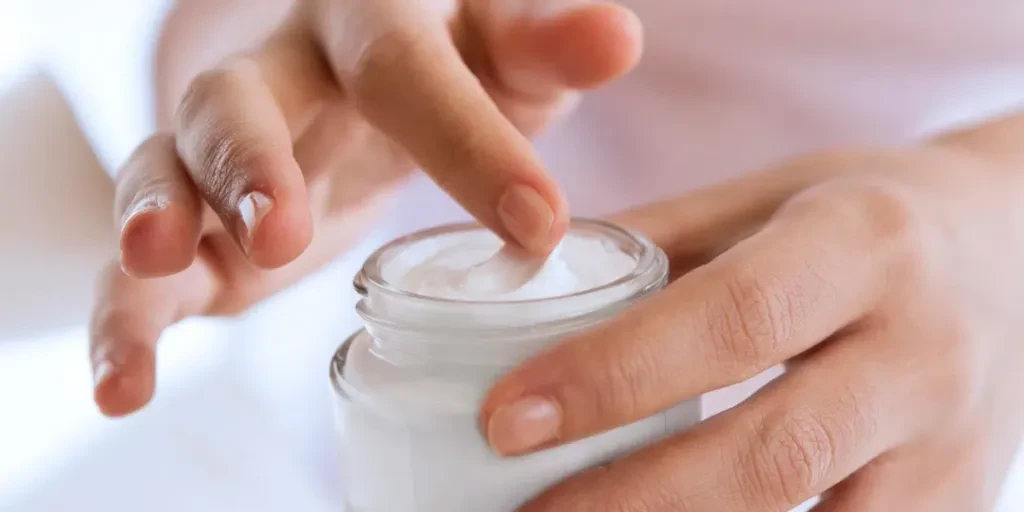
Common Issues Faced by Dry Skin Cream Users
Dry skin cream users often face issues such as insufficient hydration, greasy residue, and irritation from harsh ingredients. These pain points can lead to dissatisfaction and a lack of repeat purchases. For instance, consumers with sensitive skin may experience irritation from creams containing synthetic fragrances or preservatives. Additionally, some moisturizing creams may not provide long-lasting hydration, requiring frequent reapplication throughout the day.
Innovative Ingredients and Formulations
To address these issues, brands are incorporating innovative ingredients and formulations that enhance the efficacy and user experience of dry skin creams. Products like Dieux’s Instant Angel Moisturizer, which is designed to restore and strengthen the skin’s protective barrier, are particularly beneficial for dry and sensitive skin. This nourishing formula includes barrier-boosting ingredients that help shield the skin from environmental stressors, preventing moisture loss and reducing the risk of irritation.
Another example is the use of endolysin technology in Gladskin’s Eczemact™ Body Lotion. This hypoallergenic lotion targets the role of the skin microbiome in eczema symptomatology, providing relief for individuals with dry, dehydrated, and eczema-prone skin. The inclusion of cutting-edge ingredients like endolysin represents a significant advancement in skincare, offering targeted solutions for specific skin conditions.
Effective Solutions and Product Recommendations
Effective solutions for dry skin should focus on providing long-lasting hydration, minimizing irritation, and enhancing the skin’s natural barrier. Products like CeraVe’s Ultra-Light Gel Moisturizer, which utilizes MVE technology to deliver a delayed release of hydration, ensure lasting comfort throughout the day. This water-based, oil-free formula is refreshing and fast-absorbing, making it ideal for consumers who find creams too heavy for their needs.
For business buyers, it is essential to source products that cater to the diverse needs of their customers. Offering a range of options, from lightweight gel moisturizers to rich, deeply hydrating creams, can help meet the varying preferences and skin types of consumers. Additionally, emphasizing the use of innovative ingredients and formulations can enhance the perceived value of the products and drive customer loyalty.
New and Innovative Dry Skin Creams on the Market
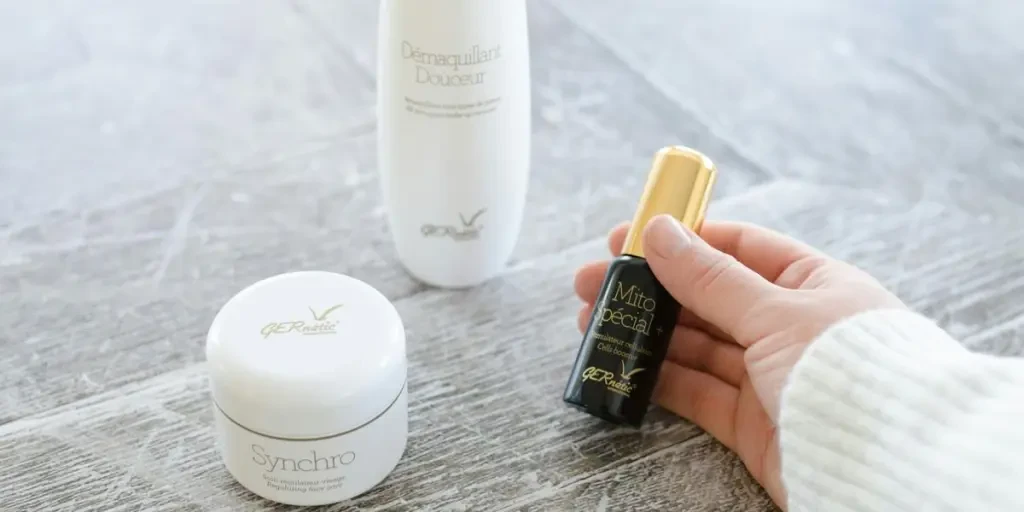
Breakthrough Products and Technologies
The skincare industry is continuously evolving, with new and innovative products being introduced to address the specific needs of dry skin. One such breakthrough is the use of Certified Space Technology™ in Delavie Sciences’ Aeonia Sculpting Cream. This advanced cream promotes cell viability and stimulates the production of hyaluronic acid, effectively reducing the appearance of fine lines and wrinkles while addressing common concerns like dryness, sagging, hyperpigmentation, and dullness.
Another notable innovation is the Waterlocking Fusion Technology used in Charlotte Tilbury’s Magic Water Cream. This gel-cream moisturizer blends super-hydrating ingredients to train the skin barrier to hold onto more moisture, delivering an impressive 100 hours of hydration with every application. Such advancements in hydration technology are particularly beneficial for consumers who are constantly on the go and need long-lasting moisture.
Emerging Brands and Their Unique Offerings
Emerging brands are making a significant impact in the dry skin care market by introducing unique and effective products. For example, 760 Skin, a California desert-inspired skincare brand, offers the Dew or Dry Moisturizer, a bestselling vegan formula that harnesses the power of healing plants like cactus stem cells, Reishi mushroom, and Jojoba oil. This ultra-hydrating moisturizer leaves the skin with a healthy glow and is free of parabens, sulfates, and phthalates.
Another emerging brand, Thayers, offers the Barrier Bestie Ultra Whip Cream, which features sugarcane squalene and ceramides for instant smoothing of dry patches. This natural-origin moisturizing cream is suitable for dry to very dry skin and provides hydration for 72 hours. The brand’s commitment to using natural plant ingredients and dermatologically active components sets it apart in the market.
Future Trends in Dry Skin Care
The future of dry skin care is likely to be shaped by trends such as the increasing demand for natural and organic products, the use of advanced technologies, and the focus on sustainability. Brands are expected to continue developing products that cater to specific skin conditions, such as eczema and psoriasis, using innovative ingredients and formulations. Additionally, the emphasis on sustainable packaging and eco-friendly practices will play a crucial role in meeting consumer expectations and regulatory standards.
As the market evolves, business buyers should stay informed about these trends and seek out products that align with the preferences and needs of their target customers. By offering a diverse range of high-quality, innovative dry skin creams, businesses can enhance their product offerings and drive customer satisfaction.
Wrapping Up: Key Takeaways for Sourcing Dry Skin Creams
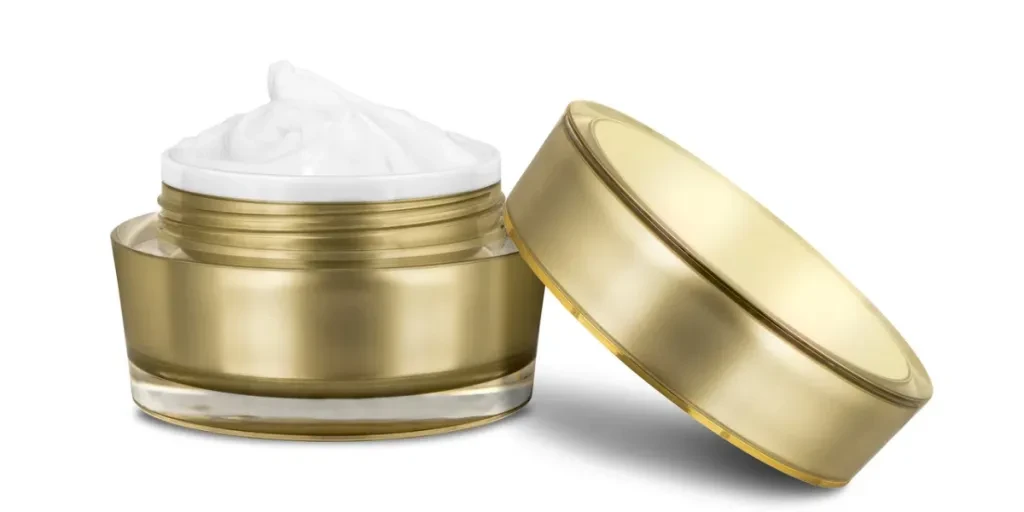
In conclusion, sourcing dry skin creams requires a thorough understanding of the diverse needs and preferences of consumers. Business buyers should prioritize products that offer long-lasting hydration, minimize irritation, and enhance the skin’s natural barrier. By staying informed about the latest innovations and trends in the market, businesses can select products that meet the high expectations of their customers and drive long-term success.
